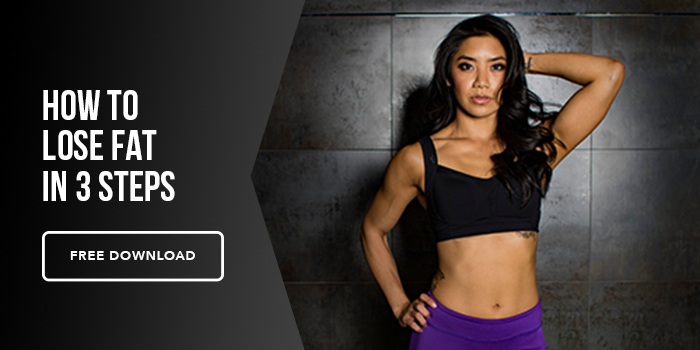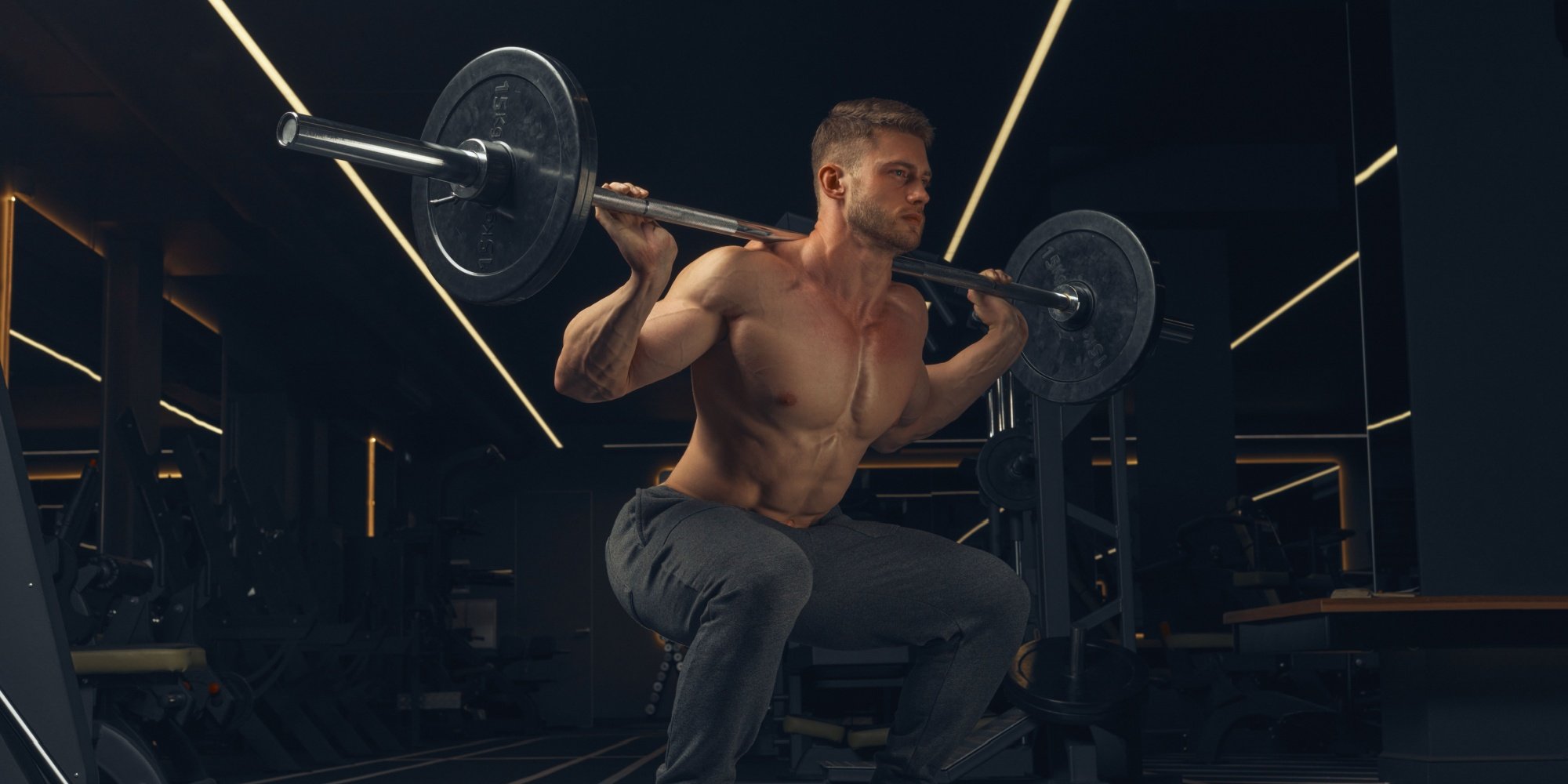Let’s settle something.
You walk into the gym. One guy’s deadlifting a small car. Another is taking shirtless selfies between dumbbell curls.
Both are working hard. Both are lifting weights. But they’re training for very different outcomes.
One wants to lift more. The other wants to look good.
So, which is “better”? Strength or aesthetics?
Well, that might be the wrong question.
The better question: Which one is right for you — based on your goals, personality, and how you want your training to shape your life?
Let’s break down the difference — and help you figure out where your training should lean.
First, What Do We Actually Mean?
Let’s define terms.
-
Strength training = training with the goal of increasing how much weight you can move, usually in compound lifts (like squats, deadlifts, and presses), often measured by 1-rep maxes or performance outputs.
-
Aesthetic training = training with the goal of improving how your body looks — more muscle definition, symmetry, and size — often measured in mirrors, progress photos, or the fit of a shirt.
Yes, there’s overlap. Building strength can make you look better. Chasing aesthetics can make you stronger. But the programming, progression, and focus can differ significantly.
Strength Training: The Goal Is Output
Strength-focused training is about force production. The goal is to move heavier loads over time. That means lower reps, longer rest periods, and a big emphasis on technique and progression.
You’ll often see things like:
- 3–6 reps per set
- Compound lifts prioritized
- Rest periods of 2–5 minutes
- Linear or undulating periodization
- Metrics like bar speed or 1RMs being tracked weekly
Progress is measured in performance. Weight on the bar is the scoreboard.
And the upside? Strength training teaches patience, discipline, and how to grind. You learn how to strain under a barbell and stay composed — a skill that transfers far beyond the gym.
But there are trade-offs.
Aesthetic Training: The Goal Is Adaptation
Aesthetic training flips the script. You’re not trying to move the most weight possible — you’re trying to generate the most muscular adaptation possible.
That means:
- Moderate rep ranges (typically 6–15)
- More variety in movement angles and equipment
- Shorter rest periods to keep tension high
- More volume, especially for lagging muscle groups
- Focus on things like pump, stretch, and mind-muscle connection
You’re not asking, “What’s the most I can lift?” You’re asking, “How can I make this muscle work as hard as possible?”
Progress might not show up in numbers. It shows up in shape, proportion, and definition.
Key Difference: Stimulus vs. Skill
At its core, strength training is about building a skill: lifting a maximal load as efficiently as possible.
Aesthetic training is about creating a stimulus: enough tension, fatigue, and metabolic stress to spark muscle growth.
And while strength training rewards technical mastery and neural efficiency, aesthetics training rewards an ability to isolate, feel, and fatigue specific muscles — even if the load is lighter.
But Which One Burns More Fat?
Neither. And both.
Here’s the nuance: Fat loss is about diet. But when it comes to body composition — your body’s ratio of body fat to lean body mass (muscle, bone, etc.) — training plays a huge role.
Strength training helps preserve muscle during fat loss. That’s crucial. But it doesn’t usually create enough local fatigue or volume to build significant shape, especially in stubborn areas.
Aesthetic training often burns more calories through volume and keeps the muscle stimulus high during a cut. So, it can help maintain (or even build) muscle while in a deficit — if nutrition is on point.
So again, it depends. On your current training age. On your recovery. On how lean you already are. This is where coaching nuance comes in.
Mindset: What Do You Want Training to Feel Like?
If you thrive on chasing PRs, love structure, and get excited by numbers — strength training might feel more rewarding. It gives you an objective scoreboard, and progression is addictive.
If you care more about shape, like chasing a pump, and enjoy a broader range of movement options, aesthetic training might be a better fit. It’s more subjective — but also more forgiving when life gets messy.
Both styles build mental toughness. Both reward consistency. But how you frame progress will shape your relationship with the gym.
Pick the one that fits your brain — not just your body.
You Don’t Have to Choose One — But You Should Prioritize
Here’s the good news: you don’t have to be one or the other.
In fact, some of the best physiques come from people who train for strength early on, then shift to more hypertrophy-focused protocols once they’ve built a solid base.
The key is knowing which goal is primary — and programming accordingly.
Trying to max out your deadlift and bring up your lateral delts at the same time? Not going to work well. You need periods of focus. Phases. Structure.
Train both over time. But don’t expect to ride two horses with one saddle.
Where Most People Go Wrong
The biggest mistake isn’t choosing strength or aesthetics. It’s doing neither well.
People often bounce between both styles without intention. One week they’re maxing out their bench. The next, they’re doing 4 sets of 15 with triceps kickbacks and drop sets for fun.
There’s no progression. No plan. Just vibes.
The result? No results.
You don’t have to marry one approach forever. But whichever one you’re doing, commit. For 8–12 weeks. Track your progress. Then reassess.
The Bottom Line
One prioritizes output. The other prioritizes adaptation. Both require effort, patience, and smart programming.
If you want to lift more, train for strength. If you want to look like you lift more, train for aesthetics. If you want both — cool. Just don’t try to get there all at once.
Pick your goal. Pick your plan. Then put in the work.





